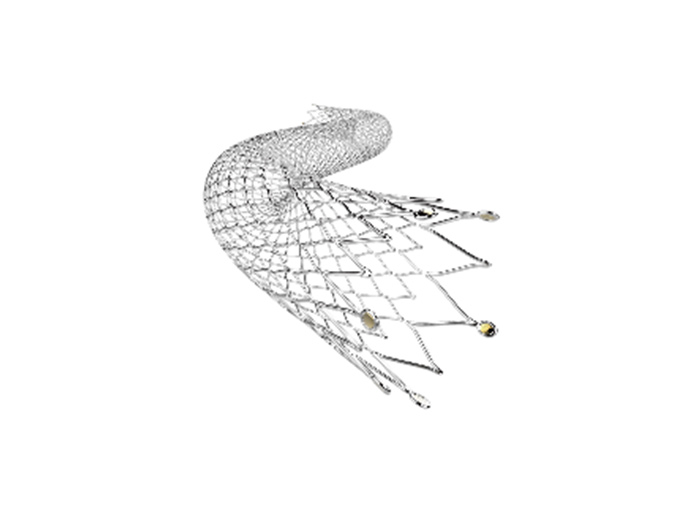the core of our corporate values
An Article to Understand Peripheral Vascular Interventional Medicine
In daily life, we often hear about cardiovascular and cerebrovascular diseases, such as coronary heart disease and cerebral hemorrhage, but most people may be unfamiliar with the concept of peripheral vascular disease. In fact, it is similar to cardiovascular and cerebrovascular diseases, that is, the peripheral blood vessels are narrowed, occluded, abnormally deformed and other lesions due to various reasons, resulting in ischemia or rupture and bleeding in the corresponding area, resulting in severe symptoms. So, how is peripheral vascular disease treated?
At present, the treatment methods of peripheral vascular diseases mainly include drug therapy, surgical treatment and interventional therapy. Medical treatment with anticoagulant or antiplatelet drugs is only suitable for patients with mild disease. Surgical treatment is to replace diseased blood vessels with autologous vein or artificial blood vessel transplantation. The disadvantage is that the wound area is large and the healing is slow. Peripheral vascular interventional therapy is a minimally invasive surgical technique, through the application of related interventional devices to open blocked blood vessels to restore smooth blood flow, with its advantages of less trauma, fewer complications, high safety, and less pain for patients, it has been favored and highly recognized by clinicians and patients in recent years. You may also be interested in vascular medical device companies and get more information.
1. What is peripheral vascular interventional therapy?
Peripheral vascular interventional therapy is a catheter technology that does not require surgery and general anesthesia compared with surgery. It refers to the use of puncture needles, catheters, etc. And other interventional devices, a general term for a series of technologies that introduce specific devices into the lesion through the natural pores or tiny windows of the human body for minimally invasive treatment. An analogy to the stent-interventional treatment method is: if the water pipe in the house is blocked, use the plugging device to unclog it. The principle of plugging is to use chemical substances to dissolve the blocking substances so as to dredge the water pipes. When the human aorta and peripheral blood vessels are blocked, the method adopted is to use devices such as balloons and stents to support the expansion of the blood vessels and then dredge them to allow blood to circulate normally, thereby allowing the patient to return to normal.
2. What are the peripheral vascular interventional therapy?
The most commonly used peripheral vascular interventions are balloon dilatation (PTCA) and stent implantation. PTCA is a method in which a balloon is sent to the coronary artery stenosis lesion, and a pressure pump is used to pressurize the balloon to inflate the stenotic plaque to expand the lumen and smooth the blood flow.
Stent implantation is a treatment method that sends the stent to the vascular lesion and inflates it with a pre-installed balloon to open the artery, keep the lumen unobstructed, improve myocardial blood flow, and relieve chest pain and other symptoms. Stent implantation has been maturely applied in the interventional treatment of coronary heart disease, and it is also increasingly used in peripheral vascular diseases such as lower extremity arterial stenosis or occlusion. There are two types of stents: bare metal stents and drug stents.
The quality and performance of medical devices such as balloon dilatation catheters, stents, and artificial blood vessels used in the above-mentioned peripheral vascular interventional therapy play a decisive role in the curative effect. It involves cutting-edge biomedical material technology and has high technical content. High added value, belonging to high-value consumables, this field has broad investment prospects.










